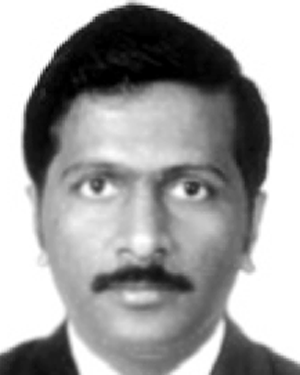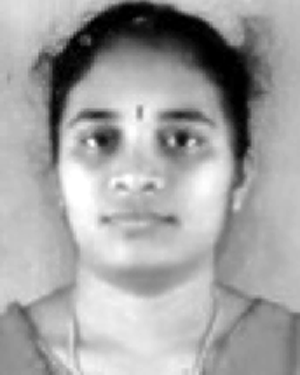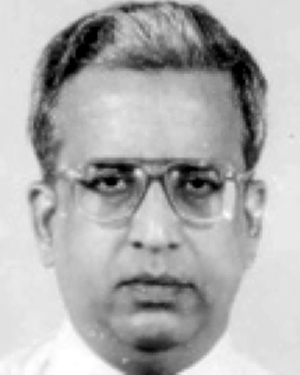Narasimhan Sundararajan (LF'69) received the B.E. degree in electrical engineering with first class honors from the University of Madras, Chennai, India, in 1966, the M.Tech. degree from the Indian Institute of Technology, Chennai, in 1968, and the Ph.D. degree in electrical engineering from the University of Illinois at Urbana-Champaign, Urbana, in 1971.
He worked in various capacities with the Indian Space Research Organization, Bangalore, India, from 1971. Since 1991, he has been working as a Professor in the School of Electrical and Electronic Engineering, Nanyang Technological University, Singapore. He also worked as a National Research Council Research Associate at NASA Ames Research Center, Ames, CA, in 1974, and a Senior Research Associate at NASA Langley, Hampton, VA, in 1981 and 1986. He has published more than 200 papers and written four books. His current research interests include aerospace control and neural networks.
Prof. Sundararajan has served as an Associate Editor for a number of journals and as a program committee member in a number of international conferences. He is an Associate Fellow of the American Institute of Aeronautics and Astronautics and a Fellow of the Institution of Engineers Singapore.
Narasimhan Sundararajan (LF'69) received the B.E. degree in electrical engineering with first class honors from the University of Madras, Chennai, India, in 1966, the M.Tech. degree from the Indian Institute of Technology, Chennai, in 1968, and the Ph.D. degree in electrical engineering from the University of Illinois at Urbana-Champaign, Urbana, in 1971.
He worked in various capacities with the Indian Space Research Organization, Bangalore, India, from 1971. Since 1991, he has been working as a Professor in the School of Electrical and Electronic Engineering, Nanyang Technological University, Singapore. He also worked as a National Research Council Research Associate at NASA Ames Research Center, Ames, CA, in 1974, and a Senior Research Associate at NASA Langley, Hampton, VA, in 1981 and 1986. He has published more than 200 papers and written four books. His current research interests include aerospace control and neural networks.
Prof. Sundararajan has served as an Associate Editor for a number of journals and as a program committee member in a number of international conferences. He is an Associate Fellow of the American Institute of Aeronautics and Astronautics and a Fellow of the Institution of Engineers Singapore.View more 



